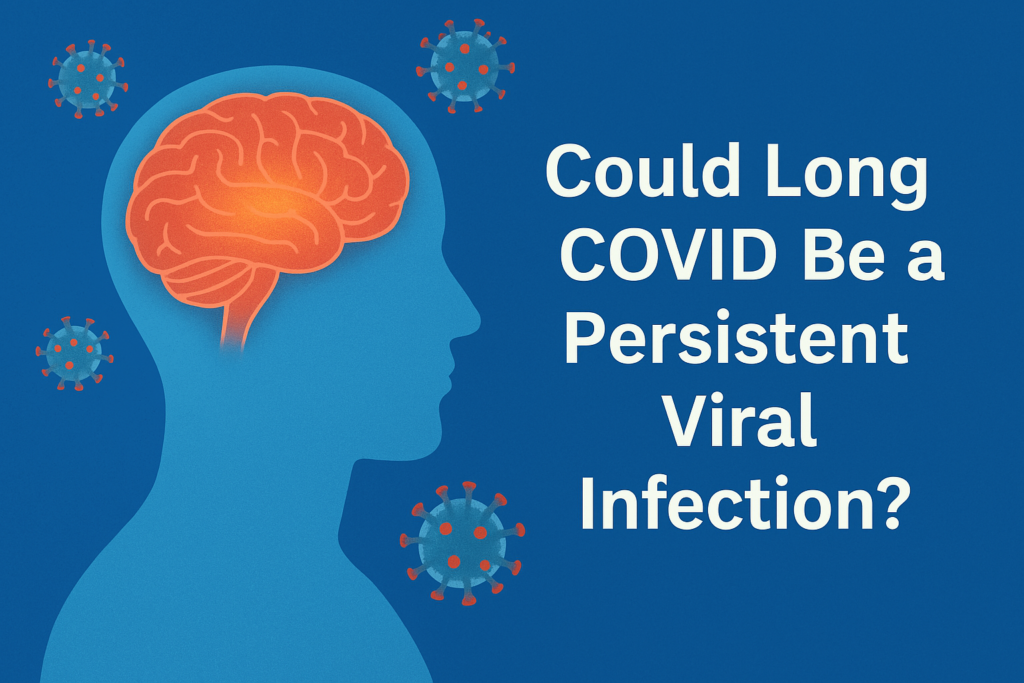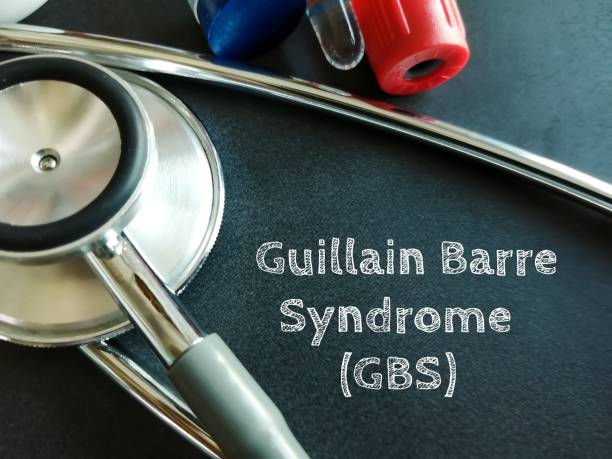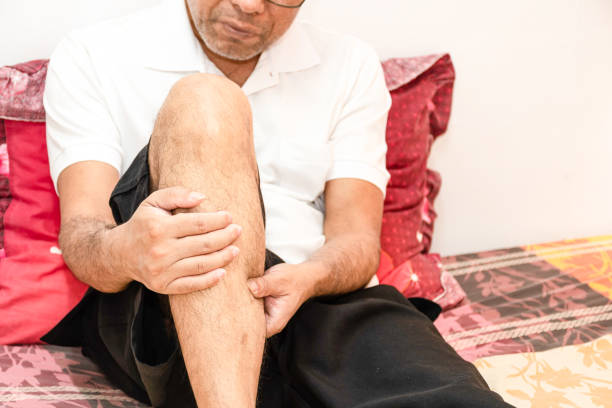When you’ve been feeling off for months after recovering from COVID, it’s natural to wonder what’s really going on. One compelling theory that’s gaining ground is that Long COVID might be caused by a persistent viral infection—in other words, the virus may not have fully left your system. Instead of being cleared out, fragments or even active virus might linger in the body, keeping the immune system on high alert. This lingering presence could explain the chronic fatigue, brain fog, and inflammation so many people continue to face.
Viral Reservoirs: What They Are and Why They Matter
Research has found that SARS-CoV-2 RNA and proteins have been detected in the gut, brain, and other tissues months after infection. A 2022 study published in Cell reported evidence of viral RNA in multiple tissues up to 230 days after symptom onset (Cell). This suggests the virus might hide in so-called “reservoirs,” escaping immune detection. These reservoirs could continue triggering immune responses that damage healthy tissue over time, leading to lingering Long COVID symptoms.
Reactivated Viruses: EBV and Beyond
Another piece of the puzzle is the reactivation of latent viruses. Epstein-Barr Virus (EBV), which causes mono, has been found reactivated in many Long COVID patients. A study in Pathogens found elevated EBV antibodies in people with post-COVID fatigue and brain fog (Pathogens). This reactivation may be a sign that the immune system is struggling to keep latent infections under control—possibly because it’s preoccupied with dealing with persistent fragments of SARS-CoV-2.
Ongoing Research and Clinical Trials
Scientists are actively exploring whether Long COVID is a persistent viral infection, and what can be done about it. Trials like the NIH’s RECOVER initiative are investigating treatments that target residual virus or modulate the immune system (NIH RECOVER). Meanwhile, a study at the University of California, San Francisco is testing the antiviral Paxlovid to see if it helps with Long COVID symptoms (UCSF). The field is evolving quickly, and while there are no definitive answers yet, the research is promising.
Natural Therapies Aiming at Viral Persistence
Some natural remedies have shown antiviral and immune-balancing potential, though none are proven cures. N-acetylcysteine (NAC), for example, helps break down mucus but also supports glutathione production—a key antioxidant that helps regulate inflammation (Mount Sinai). Quercetin, a flavonoid found in onions and apples, has been studied for its potential antiviral properties (Nutrients). Green tea extract, resveratrol, and curcumin may also support immune balance, but more human data is needed.
Medicinal Mushrooms and Immune Modulation
Medicinal mushrooms like turkey tail and reishi may help the immune system recalibrate after a viral attack. Reishi has anti-inflammatory and antiviral properties and may help modulate overactive immune responses (Frontiers in Immunology). Lion’s mane, known for its nerve-regenerative abilities, could support those with Long COVID-related brain fog. These mushrooms can be found in capsule or tincture form and are often used alongside other lifestyle changes.
Experimental and Off-Label Approaches
Some clinicians and researchers are exploring off-label antiviral use for Long COVID. Paxlovid, originally used for acute COVID, is being trialed for persistent symptoms. Another approach being explored is Low Dose Naltrexone (LDN), which modulates inflammation and is already used for chronic fatigue and fibromyalgia. Although promising, these approaches are still under study and should be discussed with a knowledgeable healthcare provider.
Supporting the Body’s Recovery
If you’re navigating Long COVID, it’s worth supporting your immune and detox systems as much as possible. A clean, anti-inflammatory diet, gentle exercise, stress management, and good sleep hygiene all help reduce your overall inflammatory burden. Many people are finding benefit from integrative therapies like acupuncture, breathwork, and adaptogenic herbs. Recovery can be slow—but small, consistent steps add up.
Final Thoughts
While no one yet has all the answers, the idea that Long COVID may be a persistent viral infection is both compelling and hopeful. It means there’s a tangible root cause to target—not just mystery symptoms to manage. Whether through research-backed antiviral therapies, immune modulation, or natural remedies, many roads are opening for people seeking recovery. Stay curious, advocate for your health, and know that you’re not alone in this journey.
📩 Sign up for our newsletter for updates on Long COVID research and recovery tools.


